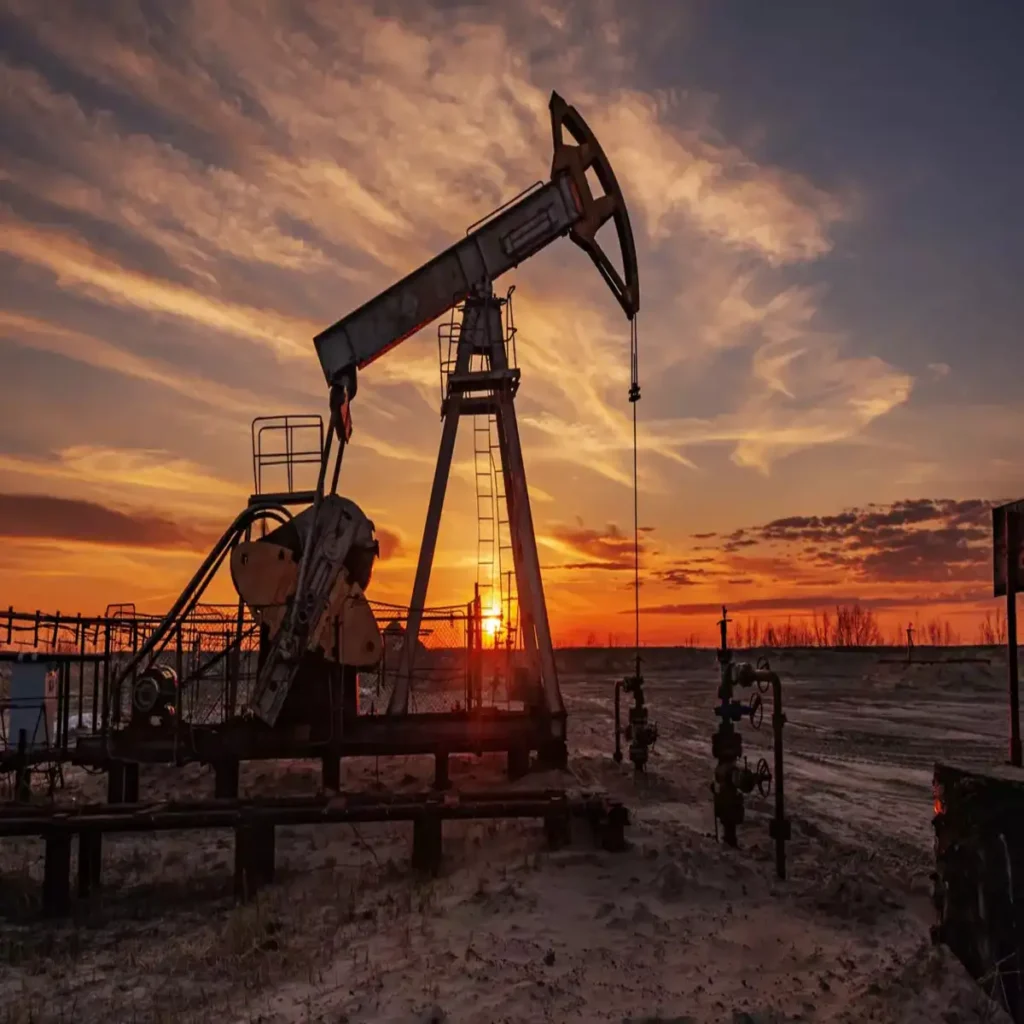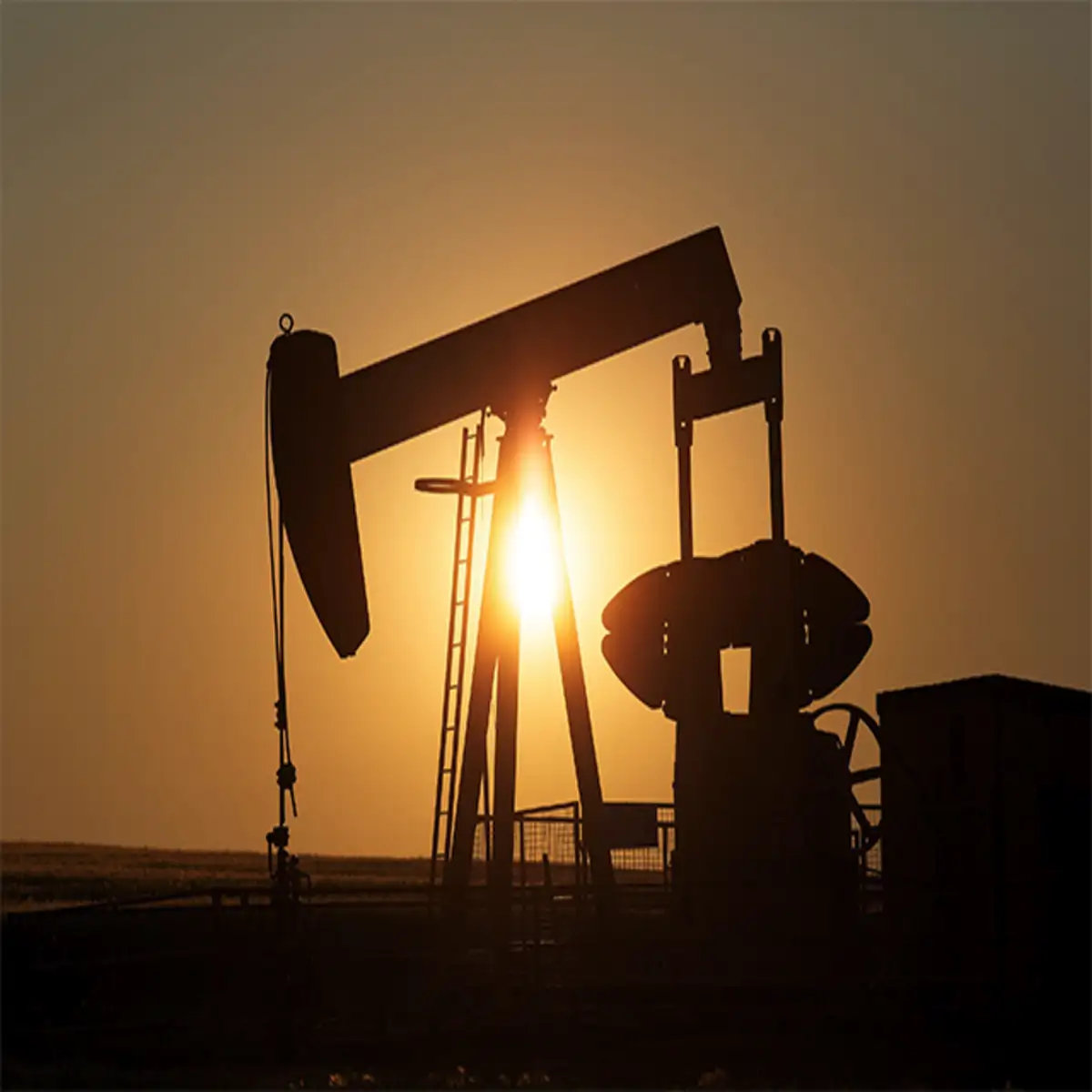Oil Dilemma saudi Arabia, the largest oil exporter in the world, is at a crucial crossroads. Global oil prices have recently dropped to near four-year lows, creating financial uncertainty for a nation heavily dependent on petroleum revenue. As the backbone of its economy weakens, the country now faces a growing budget deficit and potential delays in major development projects. The pressure is mounting: should Saudi Arabia cut production to support prices or keep pumping to protect market share?
Oil Prices Slide Despite Supply Cuts
Brent crude oil, the global benchmark, has fallen to around $62 per barrel in recent weeks. This marks one of the lowest levels since the early days of the COVID-19 pandemic. The price drop has come even after Saudi Arabia and its allies in OPEC+ extended voluntary production cuts to stabilize the market. However, growing global oil supplies—especially from non-OPEC countries like the United States—and weakening demand due to slowing economic growth in key markets like China have outpaced these cuts.

Saudi Arabia also made a bold move by slashing its official selling prices for Asia, its biggest market. The decision to reduce prices by over $2 per barrel signals just how much the kingdom is willing to fight for market share, even if it means earning less per barrel.
Economic Pain: Budget Shortfall Deepens
The falling oil prices are having a direct and severe impact on Saudi Arabia’s government revenues. The kingdom had based its 2025 budget on an assumed oil price of around $69 per barrel. With current prices closer to $62, analysts estimate the budget deficit could widen significantly—possibly doubling from earlier projections.
At $65 per barrel, the shortfall could reach about $56 billion, which would equal roughly 5.2% of Saudi Arabia’s Gross Domestic Product (GDP). If prices fall further to $60, the deficit could grow to $62 billion, or nearly 6% of GDP. This growing gap poses tough questions for the government, which relies on oil for around 70% of its income.
Vision 2030: Progress Under Pressure
Saudi Arabia’s long-term economic transformation plan, Vision 2030, is built on the idea of reducing reliance on oil. It includes huge investments in sectors like tourism, technology, and renewable energy. High-profile projects such as Neom—a $500 billion futuristic city in the desert—and the Red Sea tourism development are key parts of this vision.
However, these mega-projects require sustained funding. With oil revenues down, the government may be forced to make difficult choices. Some analysts suggest that while the most iconic developments may continue, others could be delayed, scaled back, or even paused altogether.
There are already signs of strain. Contractors have reported slower payments, and government spending on new infrastructure has cooled in recent months. If the current oil price environment persists, it could impact investor confidence and reduce the pace of private sector involvement in Vision 2030 initiatives.
Public Spending and Social Stability
Saudi Arabia has worked hard in recent years to improve public services and create more job opportunities, especially for young Saudis. The government has increased spending on healthcare, education, and social programs to support the growing population. Yet, as oil revenues shrink, it becomes harder to sustain these benefits without taking on more debt.
Public expectations remain high, especially among the youth. Around 60% of the Saudi population is under the age of 30. Maintaining social stability during times of economic stress will be critical, and reducing services or subsidies could lead to dissatisfaction.
To avoid cutting popular programs, the government may need to borrow more money or tap into financial reserves. However, those reserves have already been drawn down in recent years, and borrowing comes with long-term costs.
Borrowing, Bonds, and Reserves
To cover its budget gap, Saudi Arabia is expected to issue more sovereign bonds and seek loans from global markets. The country still enjoys strong credit ratings and has access to international financing, but increased borrowing could raise its debt-to-GDP ratio.
At the same time, the kingdom has a large sovereign wealth fund—the Public Investment Fund (PIF)—which holds assets estimated at over $700 billion. Some experts believe the government could use part of the PIF or other reserves to cover shortfalls in the short term. However, others caution that dipping into these funds too often could undermine their role in future investments.
Oil Market Strategy: A Tough Choice Ahead
Saudi Arabia is now facing a tough decision: Should it cut oil production further to try and lift prices, even if that means selling fewer barrels? Or should it keep output steady or even increase it to protect its market share, especially from fast-growing producers like the U.S.?
Both options come with risks. Deeper cuts could help prices recover in the short term, but they would also reduce Saudi Arabia’s own income and could open the door for competitors to take its customers. Maintaining or increasing production could support revenues in the short run but might prolong the global oversupply and push prices even lower.
OPEC+ is expected to meet again in the coming months to reassess its strategy. Saudi officials are likely to push for continued cooperation among oil producers, but they may also need to accept that the era of $80+ oil is no longer guaranteed.
Global Trends Add Pressure
Outside forces are also at play. The global push toward clean energy, rising interest in electric vehicles, and stronger environmental regulations are slowly reducing long-term oil demand. While oil will remain a key energy source for years to come, its role is beginning to shift.
This transition adds urgency to Saudi Arabia’s diversification plans. Vision 2030 is not just a goal—it is becoming a necessity. The longer oil prices stay low, the more pressure there is to accelerate non-oil growth and reduce dependence on fossil fuels.
Conclusion: A Test of Resilience
Saudi Arabia is at a pivotal moment. Falling oil prices have once again exposed the vulnerability of an economy built on a single commodity. The kingdom’s leadership now faces a complex balancing act: protecting its budget, maintaining social spending, funding long-term growth, and preserving market leadership in a shifting global energy landscape.
How Saudi Arabia navigates this oil price dilemma in 2025 could define its economic future for years to come. The world will be watching closely.



